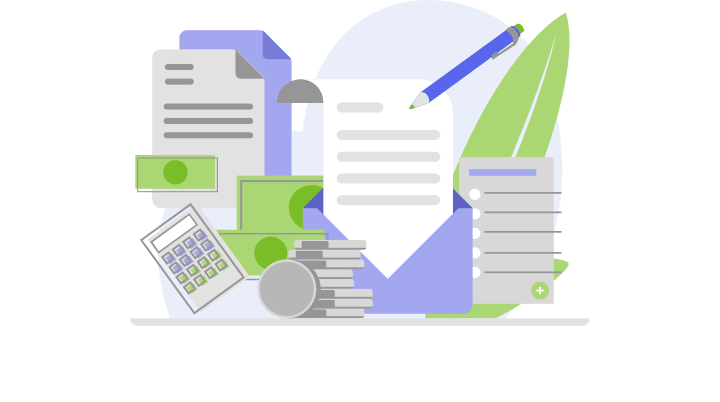Advertising Expense will be reported under selling expenses on the income statement. A long-term asset account reported on the balance sheet under the heading of property, plant, and equipment. Included in this account would be copiers, computers, printers, fax machines, etc. Things that are resources owned by a company and which have future economic value that can be measured and can explain the accounting equation and what makes up each part. be expressed in dollars.
Problem 8: Purchase of Supplies on Credit
For new businesses, the accounting equation is an essential tool for keeping track of their financial position. By monitoring their assets, liabilities, and equity, new businesses can make informed decisions about how to allocate their resources and grow their business. For sole proprietorships, the accounting equation is used to determine the owner’s equity. This is important because it helps the owner to understand the financial position of their business and make informed decisions about its future. Liabilities refer to the obligations that a company owes to others and are expected to be settled in the future.
What happens to the accounting equation when the business owner pays themselves?
Borrowing can be a strategic move to finance growth, acquire assets, or leverage opportunities. The key is to manage liabilities effectively and ensure they are balanced against the company’s assets and equity. Each component of this equation plays a crucial role in financial reporting and decision-making. This article explores the three main components—assets, liabilities, and equity—their definitions, types, and significance in business accounting. Under the accrual basis of accounting, this account reports the cost of the temporary help services that a company used during the period indicated on its income statement. As a result these items are not reported among the assets appearing on the balance sheet.
How do revenues and expenses fit in?
The common stock and preferred stock accounts are calculated by multiplying the par value by the number of shares issued. Accounts within this segment are listed from top to https://www.bookstime.com/ bottom in order of their liquidity. They are divided into current assets, which can be converted to cash in one year or less, and non-current or long-term assets, which cannot.
- For every transaction, both sides of this equation must have an equal net effect.
- The rights or claims that can be made against these resources are referred to as liabilities and owner’s equity.
- Apple’s total liabilities increased, total equity decreased, and the combination of the two reconciles to the company’s total assets.
- The accounting equation is fundamental to creating accurate financial statements, particularly the balance sheet.
- It is important to ensure that the general ledger is accurate and up-to-date, as errors in the ledger can affect the basic accounting equation and the financial statements that are produced.
- If a business consistently loses assets, bankruptcy or closure is likely coming.
How Businesses Use the Accounting Equation to Make Smart Decisions
The accounting equation also reveals that the corporation’s creditors had a claim of $7,120 and the stockholders had a residual claim for the remaining $10,080. Although revenues cause stockholders’ equity to increase, the revenue transaction is not recorded directly into a stockholders’ equity account. Rather, the amount earned is recorded in the Accounts Receivable Outsourcing revenue account Service Revenues. At some point, the amount in the revenue accounts will be transferred to the retained earnings account. Since ASI has completed the services, it has earned revenues and it has the right to receive $900 from its clients. The earning of revenues also causes stockholders’ equity to increase.
- Since ASI’s assets increase by $10,000 and stockholders’ equity increases by the same amount the accounting equation is in balance.
- They are categorized into current liabilities, which are due within a year, and non-current liabilities, which are obligations due after a year.
- Simply subtracting the company’s liabilities from its assets provides a clear picture of equity, supporting better financial decision-making.
- Accounts receivable lists the amounts of money owed to the company by its customers for the sale of its products.
- A notes payable is similar to accounts payable in that the company owes money and has not yet paid.
- Financial statements are based on this equation, and they provide a snapshot of a company’s financial position.
- Assets, liabilities, and equity are the three pillars of the accounting equation, each serving a distinct role.
How to balance the accounting equation
If a company takes out a five-year, $4,000 loan from a bank, its assets (specifically, the cash account) will increase by $4,000. Its liabilities (specifically, the long-term debt account) will also increase by $4,000, balancing the two sides of the equation. If the company takes $8,000 from investors, its assets will increase by that amount, as will its shareholder equity. These revenues will be balanced on the assets side, appearing as cash, investments, inventory, or other assets. As you can see, no matter what the transaction is, the accounting equation will always balance because each transaction has a dual aspect. To understand the purpose of the accounting equation, it’s first helpful to take a closer look at double-entry accounting.






